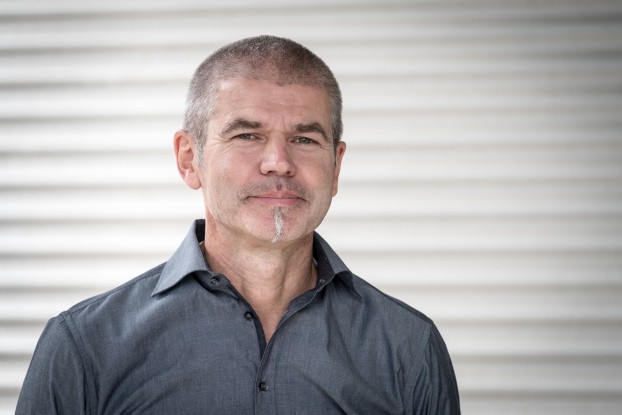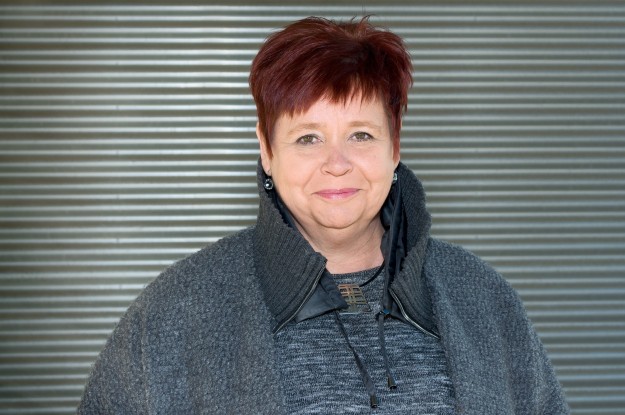Several approaches for additive manufacturing for metal powders have been developed during the last years. The basic process we selected is the Laser-Powder Bed Fusion (L-PBF). Since rare-earth element containing powders are used, still one main challenge of oxidation during the AM process has to be paid attention.
L-PBF is applicable for polymers (At FM: Sintratec-Kit) and then typically named SLS (Selective Laser Sintering) or for metal powders and called SLM (selective laser melting). Blends of polymer and magnet powders are used to print first solid parts. With these the general process challenges (shrinking, deformation, stability of parts) and other characterization methods are tackled.
A second method for metal powders is the Laser Metal Deposition (LMD): Here the powder is sprayed through a laser head and the molten droplets form the new part. The use of several powder hoppers allows a continuous mixing and composition screening for new material development.
The Electron Beam Melting (EBM) is similar to L-PBF, however an electron beam is used instead of a laser. Thus, the process is operated in high vacuum.
Widely known is the process of FFF (Filament Fused Fabrication) as a setup to print at home. As a next step we want to include magnetic particles, thus the production of filaments by extrusion of polymer and magnet particles is the goal.
Coordinated works are carried out in the framework of the Additive Manufacturing Center (AMC) that will be built on Lichtwiese campus. Already a PhD student and Postdoc Seminar is established since 2019.





